In manufacturing processes, Hydroxyethyl Cellulose is a term that often comes up. However, not many people are aware of its information and uses in cosmetic production. Let’s explore what Hydroxyethyl Cellulose is and its role in cosmetics!
1 What is Hydroxyethyl Cellulose?
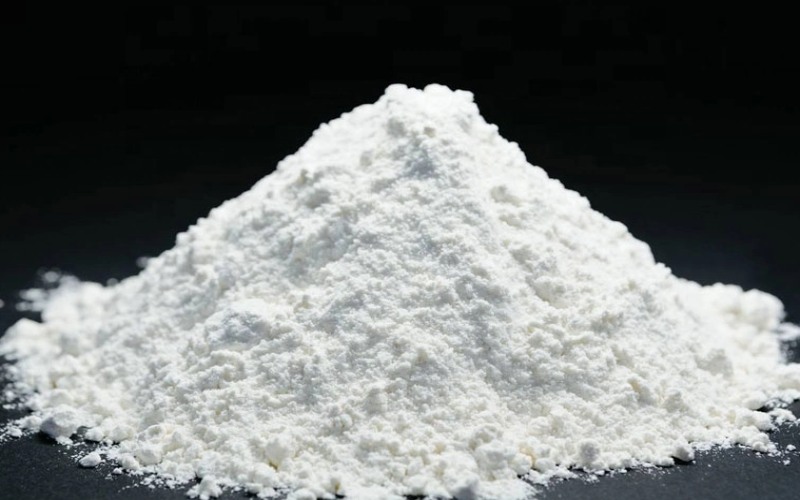 What is Hydroxyethyl Cellulose?
What is Hydroxyethyl Cellulose?
Hydroxyethyl Cellulose (HEC) is a derivative of polysaccharide and is known by various names such as HEC, 2-Hydroxyethyl cellulose ether, Cellulose Hydroxyethyl, Cellulose Hydroxyethyl ether, or hydroxyethylcellulose.
Derived from cellulose, HEC possesses unique properties including gel-forming, emulsifying, foaming, water-retaining, and stabilizing abilities. Its chemical formula is [-CH2CH2O-]mH.
HEC appears as a white or off-white to grayish powder or flakes. When it comes into contact with water, whether cold or hot, it dissolves and forms a colloidal solution. However, it is insoluble in 96% Ethanol, Aceton, and Toluene.
Thanks to these distinctive characteristics, Hydroxyethyl Cellulose finds wide application in industrial and pharmaceutical fields, especially in thickening and moisturizing products. Its ability to mix and dissolve in water opens up numerous creative possibilities for producing high-quality and effective goods.
2 Effects of Hydroxyethyl Cellulose in Cosmetics
 Effects of Hydroxyethyl Cellulose in Cosmetics
Effects of Hydroxyethyl Cellulose in Cosmetics
Hydroxyethyl Cellulose as a Lubricant and Gel-Former
Hydroxyethyl Cellulose (HEC) is commonly used in cosmetic manufacturing as a lubricant and gel-forming agent. It provides structural stability to soap lather and enhances the product’s stability.
HEC is found in shampoos, conditioners, shower gels, dishwashing liquids, and hand soaps. Its emulsifying and water-retaining properties enable the formation of gels or colloids, improving the absorption and stability of other cosmetic ingredients while increasing the viscosity and adhesion of the final product.
Hydroxyethyl Cellulose Reduces Skin Irritation
Hydroxyethyl Cellulose plays a crucial role in reducing skin irritation in skincare products. Its microsphere-forming property creates a viscous gel that spreads evenly on the skin, providing a gentle and comfortable sensation. Thanks to these attributes, Hydroxyethyl Cellulose is incorporated into various skin creams, serums, and other skincare products to soothe and protect the skin effectively.
3 Which Cosmetics Contain High Levels of Hydroxyethyl Cellulose?
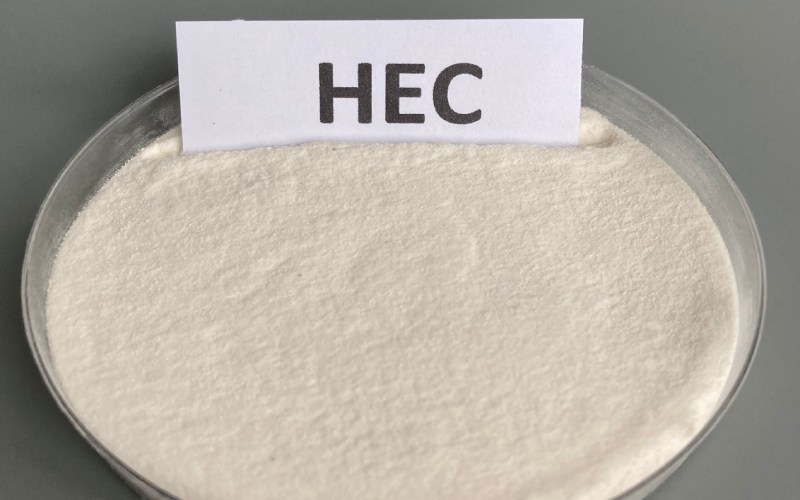 Which Cosmetics Contain High Levels of Hydroxyethyl Cellulose?
Which Cosmetics Contain High Levels of Hydroxyethyl Cellulose?
Hydroxyethyl Cellulose is prevalent in beauty products like skin creams, serums, shampoos, conditioners, shower gels, hand and dishwashing liquids. With its water-dispersing and thickening properties, it plays a vital role in moisturizing and soothing the skin and hair.
4 Dosage of Hydroxyethyl Cellulose
 Dosage of Hydroxyethyl Cellulose
Dosage of Hydroxyethyl Cellulose
Hydroxyethyl Cellulose is typically used in cosmetics at a concentration of 1-1.2% by dissolving it in water and allowing it to soak for about 1-3 hours. This process enables the substance to disperse in water and form a colloidal solution or gel, depending on its intended use in beauty products.
5 Side Effects of Hydroxyethyl Cellulose
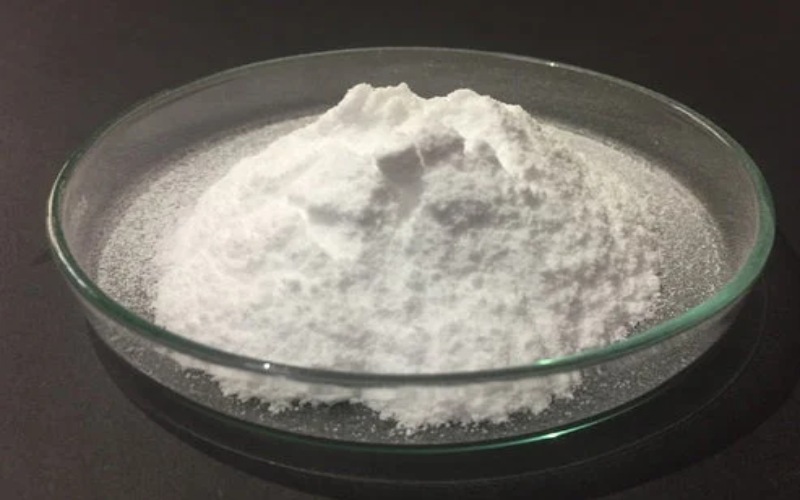 Side Effects of Hydroxyethyl Cellulose
Side Effects of Hydroxyethyl Cellulose
Like any other substance, Hydroxyethyl Cellulose may cause side effects such as itching and burning sensations on the skin. If not used properly, individuals may experience chemical burns or skin irritation. However, by following usage instructions and maintaining appropriate dosages, the likelihood of side effects can be minimized.
6 Contraindications for Using Hydroxyethyl Cellulose
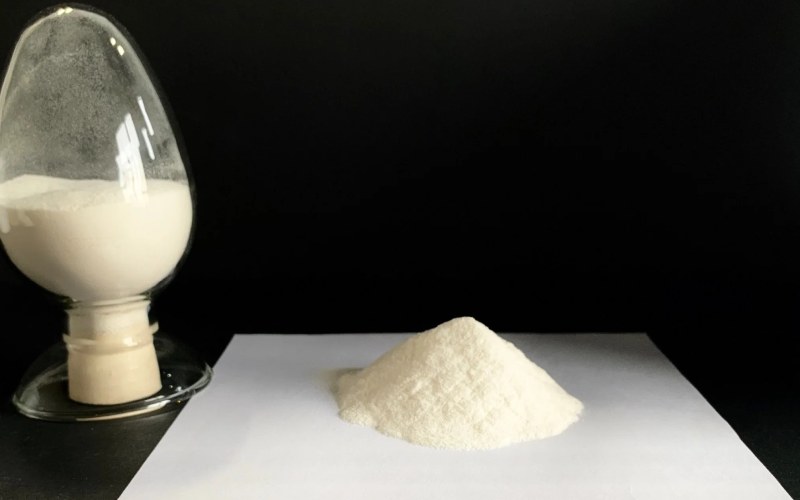 Contraindications for Using Hydroxyethyl Cellulose
Contraindications for Using Hydroxyethyl Cellulose
Pregnant women and breastfeeding mothers are advised against using products containing Hydroxyethyl Cellulose.
7 Applications of Hydroxyethyl Cellulose in Food
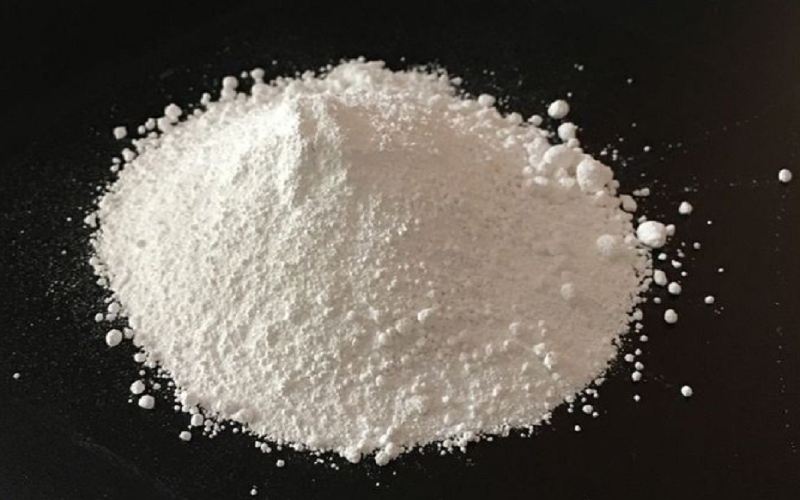 Applications of Hydroxyethyl Cellulose in Food
Applications of Hydroxyethyl Cellulose in Food
Hydroxyethyl Cellulose is employed in the food industry as an additive with the E number E1525. Due to its stabilizing and thickening properties, it is primarily used to enhance and maintain the shape of food products.
When assessing the quality of Hydroxyethyl Cellulose in food, professionals often rely on the viscosity of the solution to ensure effectiveness and high standards in food production.
In conclusion, we have provided a comprehensive overview of Hydroxyethyl Cellulose, including its characteristics and functions in cosmetics. We hope that this article has given you a clear understanding of the role Hydroxyethyl Cellulose plays in your beauty products.



































